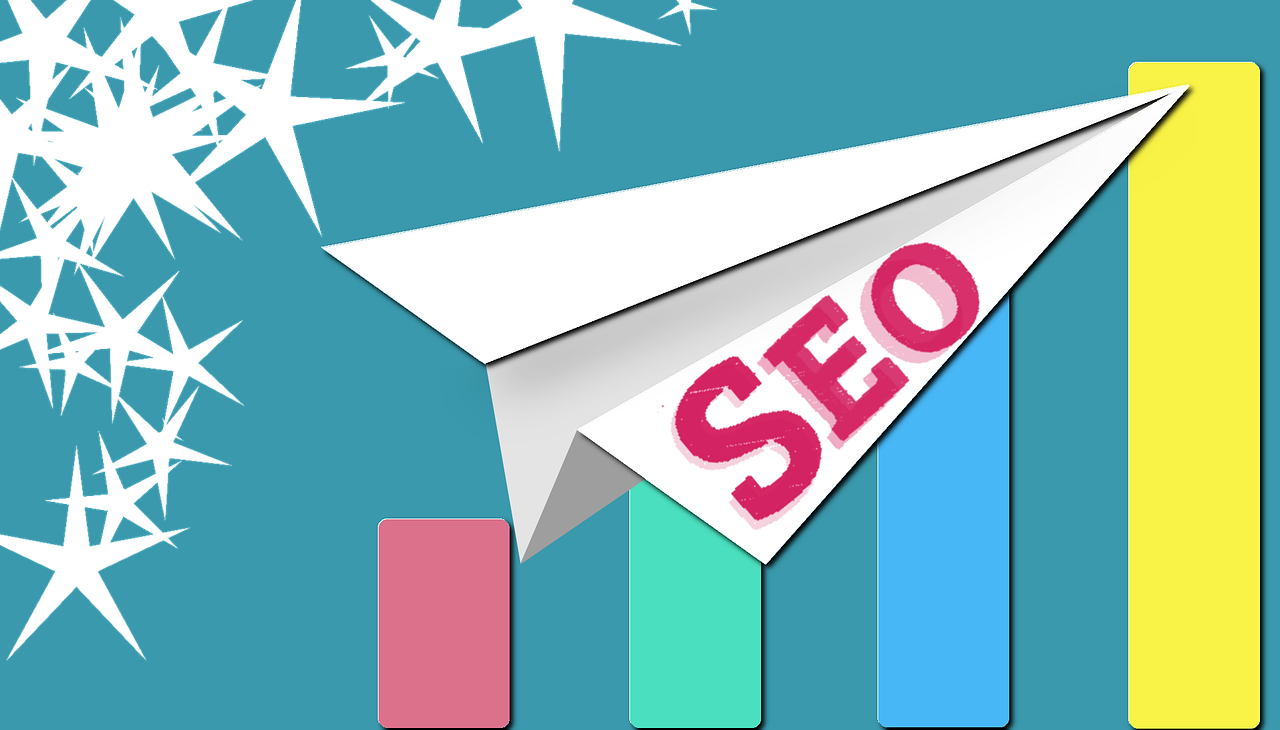
Search engine optimization (SEO) has grown to be popular enough that most business people can recognize it as one of the best digital marketing strategies available. The idea is pretty simple; with a series of onsite structural changes and offsite brand mentions, you’ll gradually improve the ranking signals Google and other search engines use to determine how to rank your site for relevant searches.
In other words, with the right tactics, you’ll increase your website’s visibility in search engine results pages (SERPs), and boost your organic traffic as a result.
If you’re a web designer, it’s useful to understand the basics of SEO, even if you don’t plan on following campaigns through to their full fruition. That’s because your design could impact your client’s SEO, and because it’s always useful to be able to speak directly to your clients’ goals (which usually include attracting as much traffic as possible).
But while the basics of SEO are easy to grasp, the nuances of the strategy are much more complicated. Before you get started with an SEO campaign of your own, there are some important fundamental concepts you should understand.

What You Need to Know About SEO
These are some of the most important concepts to understand before you start designing a new site for a client:
- Working with an agency is ideal. Your client might be tempted to try SEO on their own once they learn some of the fundamentals, but it’s almost universally better to work with an agency. According to Loganix, “Agencies simply have more expertise and more resources than the average business can develop on their own. As a result, when they manage your SEO, they’re more efficient, more reliable, and most importantly, they lead to a higher ROI.” When it comes to strategy planning, troubleshooting, and cost efficiency, it’s incredibly hard to beat an SEO agency. Similarly, until you’re more comfortable with the ins and outs of SEO, it’s a good idea to run your design ideas by someone well-versed in the strategy.
- Quality is more important than quantity. Many newcomers to SEO believe that quantity is the key to everything. They try to write as many onsite articles as possible to increase their relevance for certain keyword terms and build as many links as possible to boost their authority. Unfortunately, these tactics are usually counterproductive; it’s much better to spend that time writing one amazing article or building one amazing link. Quality definitely matters more than quantity.
- SEO is a long-term strategy. SEO is a long-term strategy, which means it’s not going to give your clients an immediately noticeable return. For most SEO practitioners, it takes at least a few months, and in some cases, the better part of a year before they start to rise in search rankings. That’s partially because it takes time to foster the authority and relevance necessary to improve your standing, and partially because it takes time to learn and refine the best strategy for your brand. Make sure your clients know this, or they may be disappointed in the performance of your otherwise immaculately designed site.
- You usually can’t beat the competition with brute force. Everyone knows that SEO is a valuable strategy, so chances are, most of your client’s competitors are already pursuing it. It’s frustrating to see one of your top competitors at the top of the rankings for keyword phrases relevant to both of you, and a good incentive to compete—but be warned that you probably won’t be able to displace them with brute force. If your client wants to succeed, they may have to target a different demographic, a more niche keyword phrase, or use a different combination of tangential strategies to outclass them.
- You get out what you put in. You typically get what you pay for in SEO. If you reduce your budget to the bare minimum and pay for cheap content, that content probably won’t be well-written or intelligently optimized for your target keywords. If you spend a little more, you’ll get access to better writers, more skilled search technicians, and more authoritative publishers. This isn’t so different from web design; at the bottom price points, web designs tend to be amateurish and based on templates, where if you want a truly stunning site, you’ll have to pay more for it.
- SEO doesn’t work well alone. SEO has a kind of symbiotic relationship with many other digital marketing strategies, including content marketing and social media marketing, as well as web design. It’s possible to use SEO in a vacuum, neglecting the possibility of these other strategies, but it’s usually better for a business to pursue many of these complementary strategies in tandem. This is a crucial opportunity to upsell your client (and get them more results) if you provide more than just web design services.
- Organic traffic isn’t enough. One of the bottom-line goals of any SEO campaign is to get more organic traffic to a site—in other words, new visitors from search engines—but this isn’t enough for a business to be successful. Your clients will need multiple streams of traffic, at minimum, and some way to make that traffic valuable to your brand (which is where the quality of your web design comes heavily into play).

Should You Learn More About SEO?
Web design has an interesting relationship with SEO in that your design can impact factors like how long people stay on page, the placement of core pages, and the overall navigability of the site (all of which are important for higher search rankings), but no single department or field of specialty is enough to truly “master” SEO—especially with new search engine algorithm updates constantly rolling out. If you want to broaden your skillset, improve your designs, and help your clients get the most out of their websites, it’s in your best interest to build and polish your SEO skillset. Otherwise, just become familiar with the fundamentals, and keep your focus on design principles.
Author: Spyrestudios